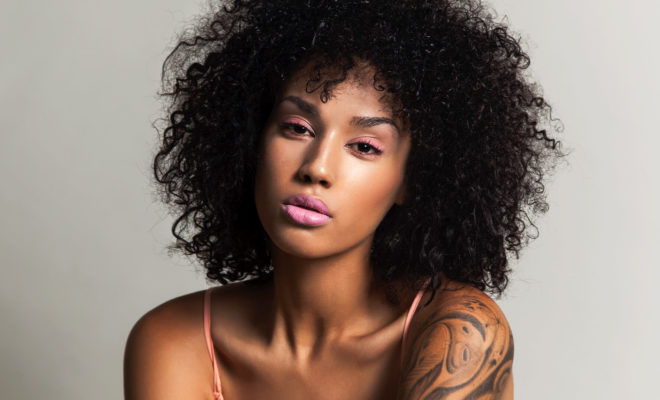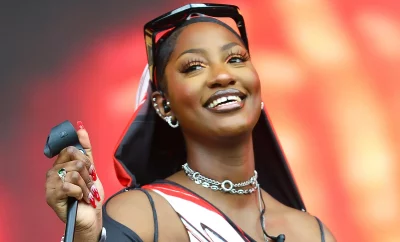
Friday Chronicle: Capillary Restrictions and Identity crisis
In Liberia, a country found in the west of Africa, women in the Ministry of Finance no longer have the right to wear colourful hair. At the end of a meeting held early October 2018 between the minister and the employees of this administration, it was agreed that women no longer wear extensions of colours such as pink, blue, red, yellow, grey and mauve, or they no longer dye their hair in colours deemed extravagant. This ban has been on since 2014. The authorities have just decided to put it into effect and offenders are subject to financial penalties.
Beyond the unusual little sides that forces the smile in the corner, there is a reflection to be carried out on the social dimension of woman’s hair. The example of Liberia, which has been careful to note the magnitude of the phenomenon, shows us that it is much serious than it seems. Its political stance is, today, undeniable. In the last ten years, for example, frizzy hair has led a major revolution and has become a powerful political instrument. Binding even to cosmeticians, forced to conform to the nappy movement. The hair, its nature, the message it sends back or that we want it bear are at the centre of the question of identity, never as topical as today. Kinky to exist and kinky to assert itself.
Only, contrary to the example of Liberia, the realization came naturally. There were no wage cuts or bans. The world woke up one morning and realised that something was going on, on the basis of a common element: The frizzy hair, peculiar to black skins, too long hidden, too long hated. A symbol of a social revolt, frizzy hair is disentangled today and extends its tentacles on various fields.
With other areas subjected to different cultures, covering the hair being a decent act, projects the image of the virtuous woman, respectful of the social values enacted by men. The submission by the hair is finally not a new fact (it is only an interpretation).
The comparison is quickly made with the Liberian model. This model has the advantage of pushing women to accept themselves but, are they their hair? The problem is much deeper. It goes way beyond the aesthetic that one tries more or less to contain or understand it. Why do they need to feel beautiful wearing other colours? Where do they find themselves their identity? What beauty patterns do they have in everyday life? Isn’t it time to build a contextualized speech about aesthetics? Finally, aren’t they free to have the hair they want?








